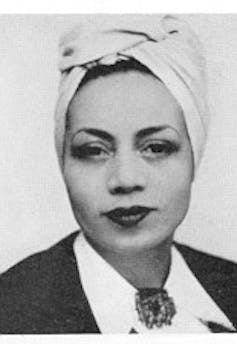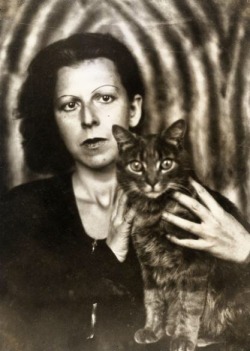


During World War 2 the Nazis invaded many
countries across Europe. The Nazis targeted people who were different. Six
million Jews were killed. The Nazis also imprisoned and killed people who were
disabled, people who were gay and lesbian, and anyone who disagreed with their
views.
If the Nazis invaded your country, what
do you think happened? How would life change? Anyone who disagreed or fought
back would be seen as an enemy and imprisoned or killed. These were very
frightening times.
But some people did fight back,
organising secretly to try and make things difficult for the Nazis and make
them lose the war. These people were called “Resistance fighters”. If they were
caught, they were usually killed. If you were a resistance fighter you had to
be incredibly brave.
Here are three stories of resistance fighters from World War 2.

Jane Vialle was
born in The Congo 1906, and moved to Paris aged 7. As an adult she became a
journalist. Jane became a spy working for one of the
main resistance movements in the South of France. She followed and tracked Nazi
activity, reporting back on their movements across Europe.
She was arrested in 1943 and charged with
treason. When Nazis raided her house they were unable to crack the code she had
invented and so were unable to translate or use her data. She was very clever!
She was sent to a concentration camp but
survived and in 1947 Jane was elected to French parliament.

Lucy Schwob lived in the Channel islands
with her girlfriend Suzanne Malherbe. The Nazis invaded and occupied the
Channel islands in 1940.
Lucy and Suzanne produced anti-Nazi
leaflets written in German, signed “The nameless soldier”. They slipped these
notes in to soldiers’ pockets on buses, dropped them in cars driven by Nazis or
left them in cafes. They wanted to make it seem resistance was everywhere so
the Nazis would feel they were losing.
They smuggled supportive leaflets written
in different languages in to prison camps to keep the prisoners going.
Lucy and Suzanne were arrested in 1944
and sentenced to death. They survived but never recovered fully from their
experience in prison. Lucy died within ten years.

Willem Arondeus was
born in Amsterdam in1895, and was living in Netherlands with his boyfriend when
Nazis invaded in 1940. The Nazis quickly made being gay illegal.
Willem forged identity papers for Jews,
giving them fake identities so they would not be arrested.
He also worked on anti-Nazi publications
to try and persuade people to join the resistance.
The Nazis held documents and information
on hundreds of thousands of Dutch people at a records office. Willem and a
group of resistance fighters decided there was one way to save the identities
of the people; on 27th March 1943 Willem and 14 resistance
fighters blew up the records office.
Willem and 13 members of the group were arrested within a few days.
Willem took full responsibility for the bombing but all 13 were executed.
Willem’s final words were communicated
through his lawyer; “Homosexuals are not cowards.”
Why do we celebrate VE day today?
Millions of people died in the war and we
should remember those people and all those who lost loved ones. VE day is a celebration of peace; a time
when people of different nationality and race come together to show we are
different and we can live together ion peace.
As we celebrate the day the war ended, we
should remember how to stop it happening again. We work for peace and
acceptance of difference. That is why we say in our school there are no
outsiders; everyone is welcome here and will continue to be welcome.
No comments:
Post a Comment